Steve McQueen’s ‘Static’ (2009) impresses through its sheer directness — and it’s very far from static. A succession of helicopter-tracking shots around the Statue of Liberty, it’s the first film you encounter in this quasi-retrospective from the Turner Prize-winning conceptual artist-turned-Oscar-winning film director. Shot shortly after the monument reopened after the 9/11 attacks, it offers the eye an exhilarating whirl of light and colour, while the mind — given the potency of that historical context — goes on an equally dizzying train of associations through the notion of American liberty. While you bring these associations yourself, they seem to emanate naturally and directly from what you’re seeing. It’s that essential simplicity that gives this work its power.
Thereafter, however, the experience of this exhibition feels very much less, well, direct.
If McQueen the film director has proved adept in hitting the popular emotional jugular — notably in 12 Years a Slave — his work as an artist has been characterised by a near-clinical detachment. ‘Year 3’ (2019), his ‘portrait of London’ through photographs of every seven-eight-age class in the city (currently showing at Tate Britain), is brilliant in conception, but disappointingly flat as an experience.
This exhibition, comprising ‘moving image works’ produced since McQueen’s 1999 Turner win, feels like an exposition —certainly in large part — of the limitations of the contemporary art habit of providing the viewer with disparate contextual elements and expecting us to fill in the emotional and intellectual content. In ‘Once Upon A Time’ (2002), McQueen shows us 116 images launched into the solar system by Nasa as a representation of life on Earth. Showing life and work in many cultures, but eschewing any reference to war, poverty or disease, this well-meaning slide show is accompanied by a narration in ‘glossolalia’ — the ‘speaking in tongues’ found in many religions. But the marrying of sanitised official worldview and mystifying global gobbledygook proves nothing like as resonant as you’d hope.
‘Western Deep’ (2002) takes us on a gritty odyssey into the world’s deepest gold mine, South Africa’s TauTona. Long moments of darkness are interspersed with flashing lights as we plummet three and a half kilometres into the earth, milling half-lit figures, juddering drills and the exhausted faces of the miners, while the soundtrack alternates silence and a deafening industrial roar. If we feel transported at moments into some hellish parallel reality, it’s hard to know what greater truth we’re getting from this visceral quasi-documentary. The fact that mining is horrifically dangerous and uncomfortable and that almost all South African miners are black are hardly seismic revelations.
The show’s emotional temperature rockets with ‘7th Nov.’ (2001), simply a still shot of the top of McQueen’s cousin Marcus’s head (displaying a disturbing, but unexplained scar), over which Marcus relates how he accidentally shot and killed his beloved younger brother. The sense of rage and waste at this tragically inane accident is tempered by the disconcerting but knowing sense that this is a filmed story whose veracity must of necessity be questioned.
Seen in isolation it provides an appalling enough vignette from 21st-century Britain. But juxtaposed with ‘Girls, Tricky’ (2001), in which Bristolian rapper Tricky, high on skunk, growls out a super-charged rap, intoning endlessly ‘I don’t need a man’ — referring, you assume, to his absent father — ‘7th Nov.’ feels like part of a larger meditation on an embattled, marginalised black masculinity that appears forced into self-destruction. This impression is compounded by ‘Ashes’ (2002–15) in which we see, on one side of a screen, a handsome young Grenadan man riding proudly on the prow of a boat and on the other the construction of his tomb following his drug-related murder.
If these films feel like the exhibition’s emotional core, they’re not enough to save it from an overall feeling of slightness. This collection of fragments could have been taken far further, you feel, were it not for the demands of those pesky feature films.
Linder (aka Linder Sterling) was for decades a mere footnote in the history of punk, creator of one of the era’s most brilliant — and outrageous — graphic images, the cover of Buzzcocks’ ‘Orgasm Addict’: a naked woman with an electric iron for a head and grinning mouths for nipples. In recent years, however, she’s become a sort of alternative national treasure, her dadaistic photo-montages seen in endless exhibitions.
This, however, is the first show to look at the totality of her output as artist, designer and occasional musician (there’s a grainy video of her 1970s band Ludus), and it reveals how little her essential approach has changed. Despite a 20-year hiatus in collage-making, from 1986–2006, she’s still mining the seam of suburban surrealism so explosively evident in that Buzzcocks cover. Vintage pornography merges with images from old-school women’s magazines, the naughty bits blocked out with carefully cut-out flowers, fruit sundaes (a particular favourite) and the occasional inverted vacuum cleaner. Linder’s images are stylish and sometimes very funny, but about as threatening to the establishment these days as a repeated Alan Bennett play on Radio 4.
Got something to add? Join the discussion and comment below.
Get 10 issues for just $10
Subscribe to The Spectator Australia today for the next 10 magazine issues, plus full online access, for just $10.
You might disagree with half of it, but you’ll enjoy reading all of it. Try your first month for free, then just $2 a week for the remainder of your first year.

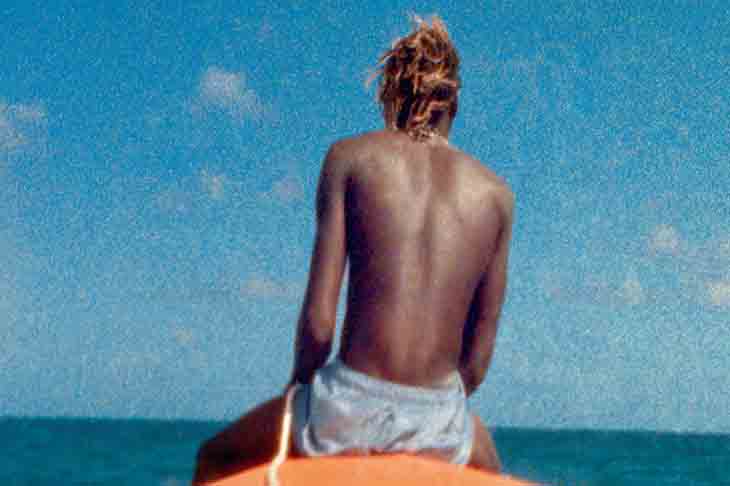
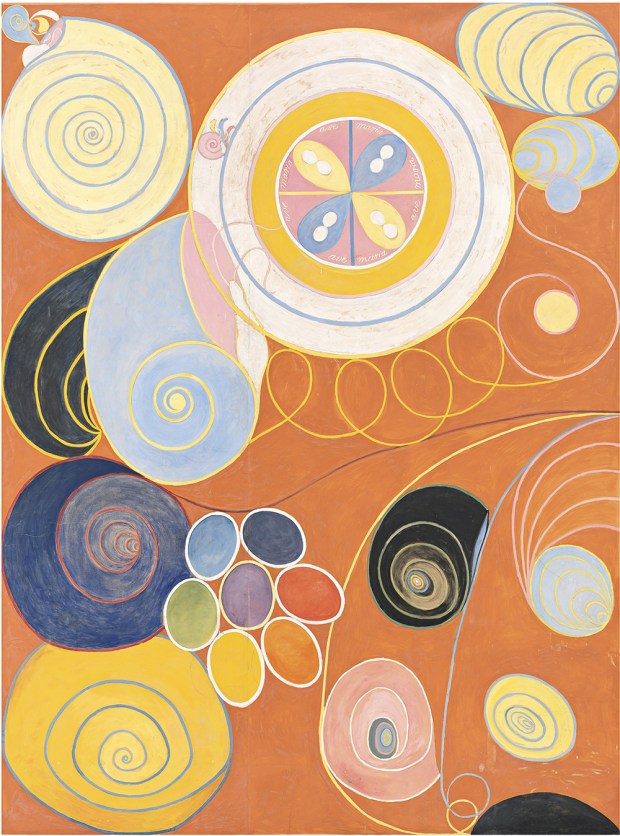

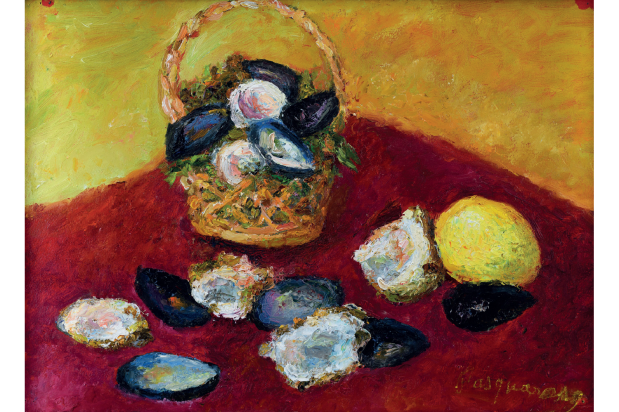
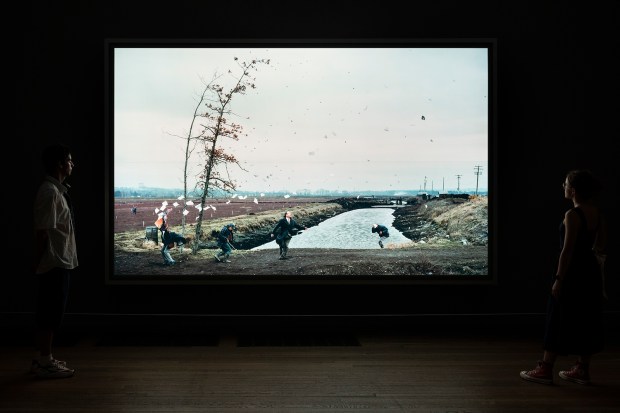
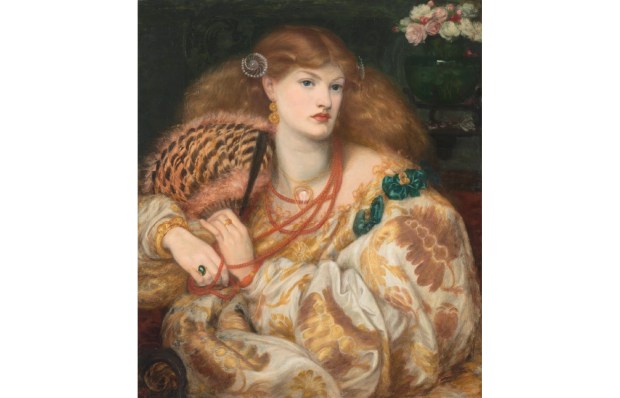
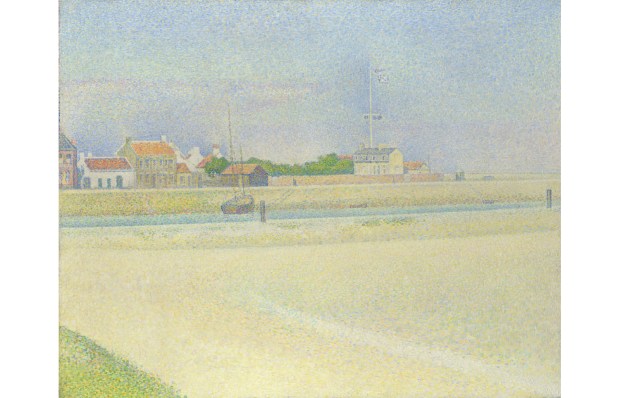






Comments
Don't miss out
Join the conversation with other Spectator Australia readers. Subscribe to leave a comment.
SUBSCRIBEAlready a subscriber? Log in